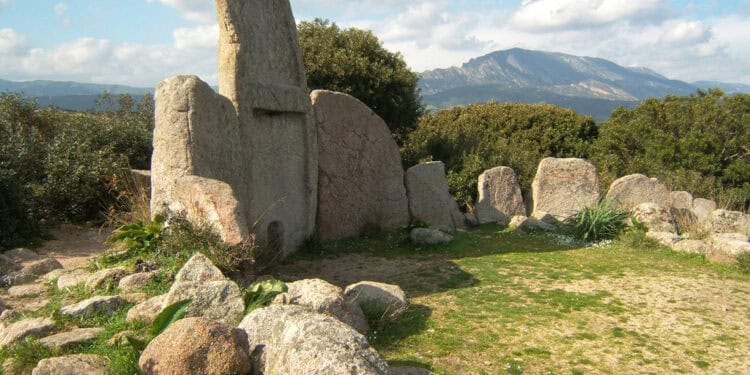Megalithic wonders span the globe, each cloaked in mystery and awe-inspiring history. While Stonehenge often steals the spotlight, several other megaliths rival—and sometimes surpass—it in scale, age, and intrigue. These ancient structures offer glimpses into early civilizations’ ingenuity, cultural practices, and perhaps even their understanding of the cosmos.
Let’s explore 10 awe-inspiring megalithic sites that challenge Stonehenge’s legacy and continue to baffle archaeologists.
The Carnac Stones: A Sea of Ancient Monoliths

In Brittany, France, the Carnac Stones stretch across the landscape in linear and circular formations. Dating back approximately 6,000 years, this site comprises around 3,000 stones, some towering over 20 feet (6.5 meters). While some stones appear to mark graves, others stand alone, hinting at ceremonial or astronomical purposes.
Nan Madol: A Lost City of Stone

Off the coast of Micronesia lies Nan Madol, a series of artificial islets constructed from basalt columns. This ancient city, dating back over 1,000 years, is believed to have been a ceremonial and political hub for the Saudeleur dynasty. Its unique construction and remote location make it one of the most mysterious megalithic sites in the world.
Göbekli Tepe: The World’s Oldest Sanctuary

Hidden in southeastern Turkey, Göbekli Tepe predates Stonehenge by over 6,000 years. This extraordinary site, believed to be more than 11,000 years old, consists of towering T-shaped pillars carved with intricate depictions of animals such as foxes, boars, and vultures. Thought to be a ceremonial gathering spot for hunter-gatherers, Göbekli Tepe challenges our understanding of prehistoric societies and their capabilities. The exact purpose of this site remains a subject of ongoing debate, adding to its allure.
The Spanish Stonehenge: Resurfacing Through Time
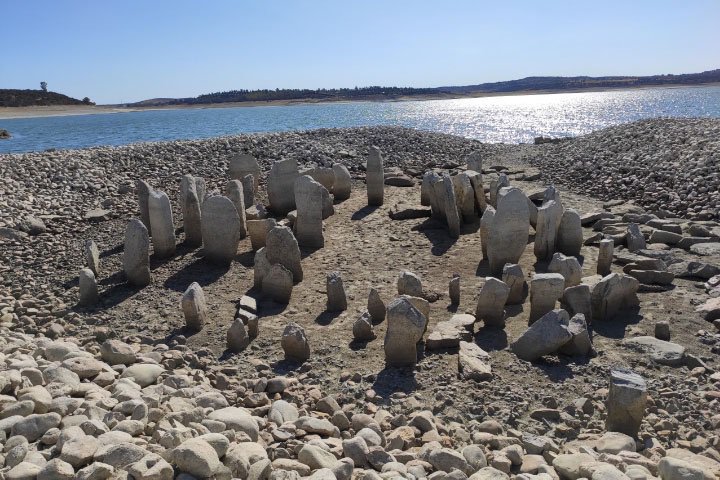
Known as the Dolmen of Guadalperal, this megalithic marvel in western Spain dates back nearly 7,000 years. Submerged beneath a reservoir for decades, the site occasionally emerges during droughts, revealing its central oval arrangement of around 150 standing stones. Some stones feature carvings of human figures and possible river symbols, sparking debates about their cultural significance.
Ale’s Stones: Sweden’s Mysterious Ship
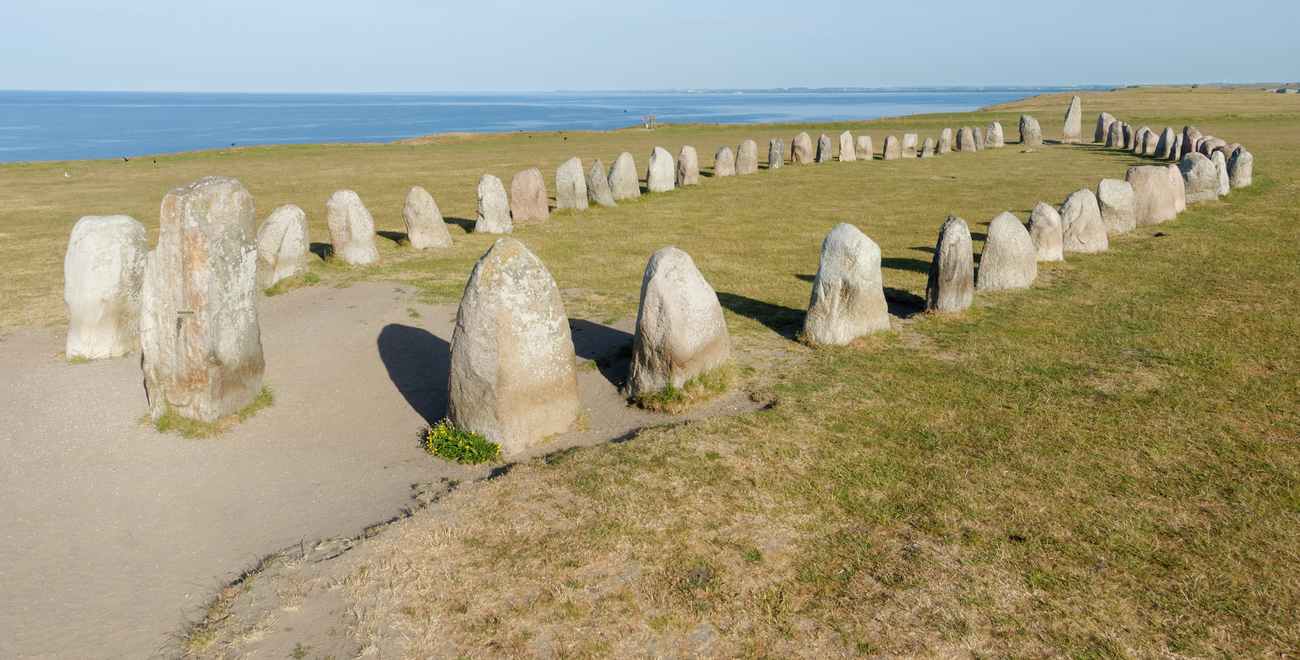
Perched on a cliff near the village of Kåseberga, Ale’s Stones consists of 59 massive boulders arranged in the shape of a ship. Weighing up to 4,000 pounds (1,800 kilograms) each, the stones’ purpose remains uncertain, with theories ranging from a solar calendar to a burial site. Estimated to be between 1,000 and 2,500 years old, Ale’s Stones continues to intrigue archaeologists and visitors alike.
Avebury: Stonehenge’s Larger Cousin
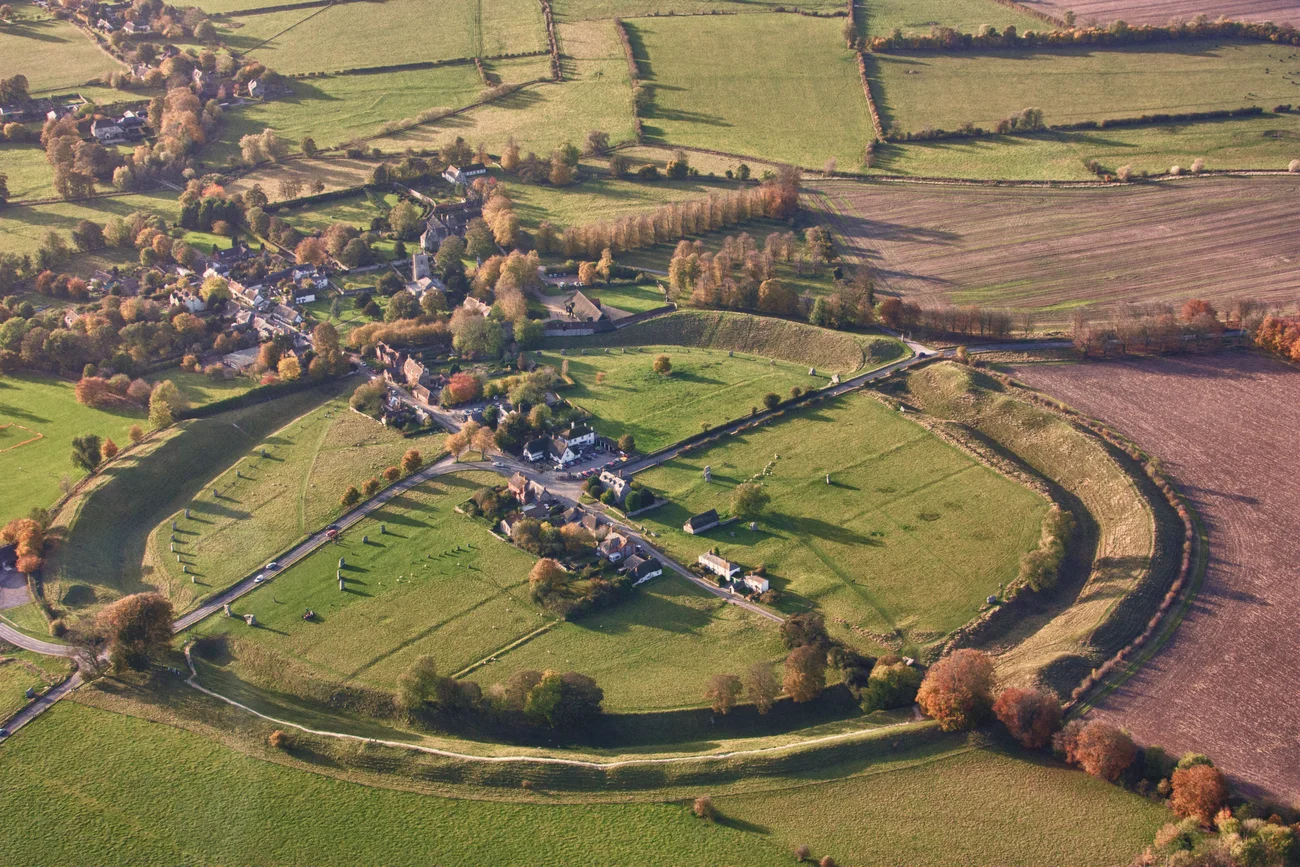
Located in southwest England, Avebury boasts the world’s largest stone circle, with a diameter of approximately 1,378 feet (420 meters). This massive structure, dating back to around 2500 BCE, is surrounded by two smaller stone circles and features avenues leading to nearby prehistoric sites. As part of a sprawling Neolithic landscape, Avebury highlights the complexity of ancient communities and their impressive engineering skills.
Puma Punku: The Precision of Ancient Bolivia

High in the Andes lies Puma Punku, a megalithic site within the Tiwanaku complex in Bolivia. The site is famous for its precisely cut andesite blocks, some weighing over 100 tons. Dating back at least 1,500 years, Puma Punku’s advanced engineering continues to baffle experts, who struggle to explain how such precision was achieved without modern tools.
The Giants’ Tombs of Sardinia
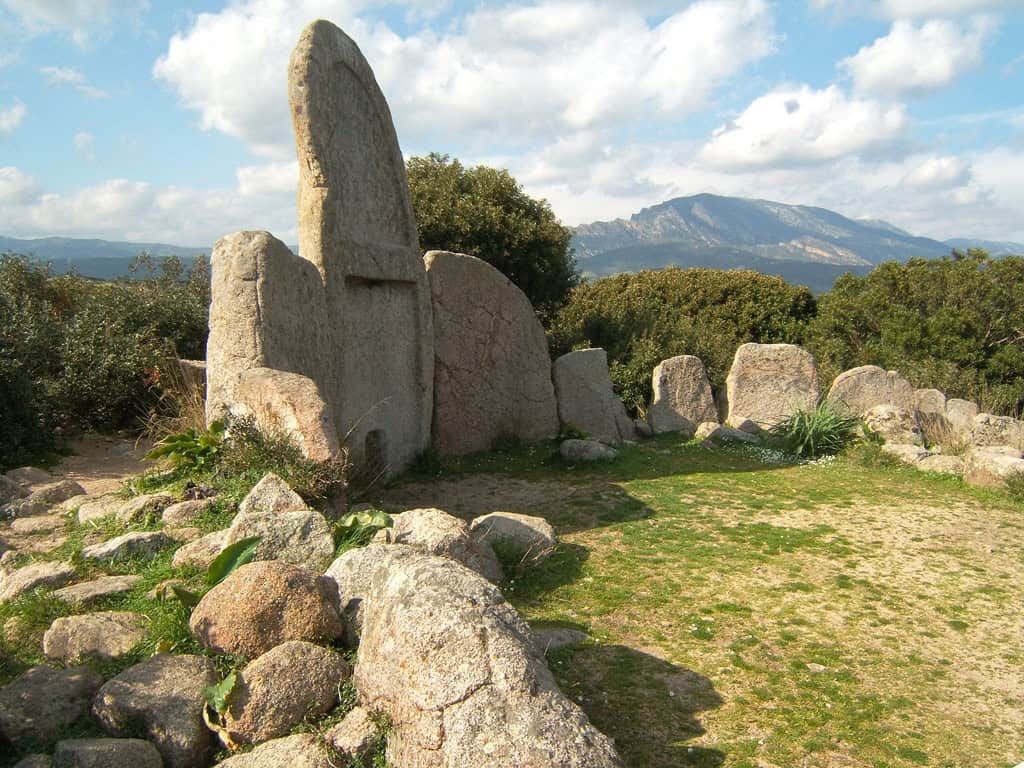
Scattered across Sardinia, these megalithic tombs date back to the Bronze Age, roughly 3,500 years ago. Known as “Tombe dei Giganti,” the structures are characterized by large stone slabs arranged in a semi-circular fashion. These enigmatic tombs are thought to be burial sites, but their exact rituals and cultural significance remain unknown.
The Ring of Brodgar: Scotland’s Sacred Circle
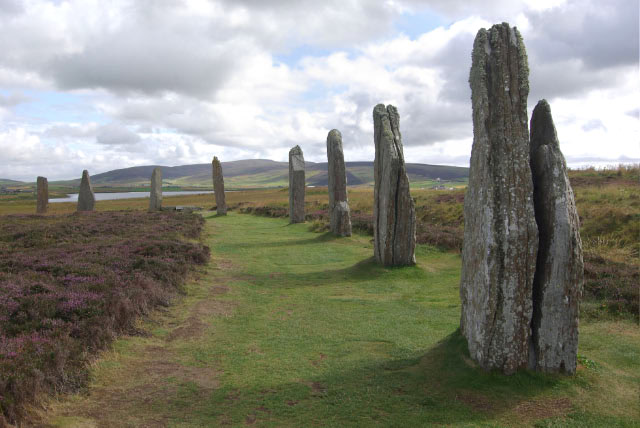
Situated on Orkney’s largest island, the Ring of Brodgar is a majestic stone circle dating back to approximately 2500 BCE. Originally composed of 60 stones, of which 36 remain, this site measures 341 feet (104 meters) in diameter. Nearby burial mounds suggest the circle served as a ceremonial site honoring the dead, blending rituals and astronomy into its purpose.
Rujm el-Hiri: The Wheel of Giants
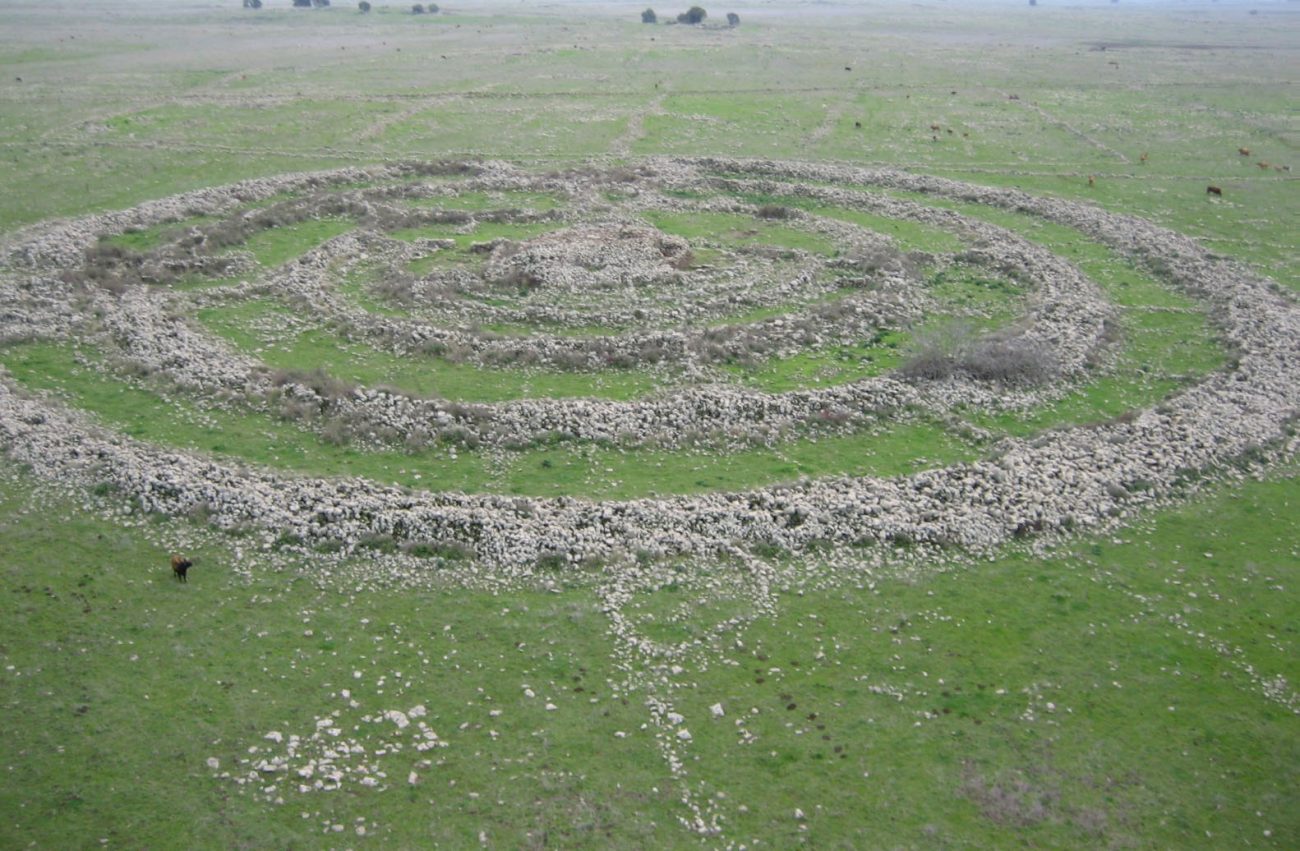
Nestled in the contested Golan Heights, Rujm el-Hiri is a striking series of concentric stone circles surrounding a central tumulus. Dubbed the “Wheel of Giants” or the “Levantine Stonehenge,” this site dates back around 6,000 years. Though its purpose remains unclear, theories suggest it may have been used for burials or astronomical observations.



